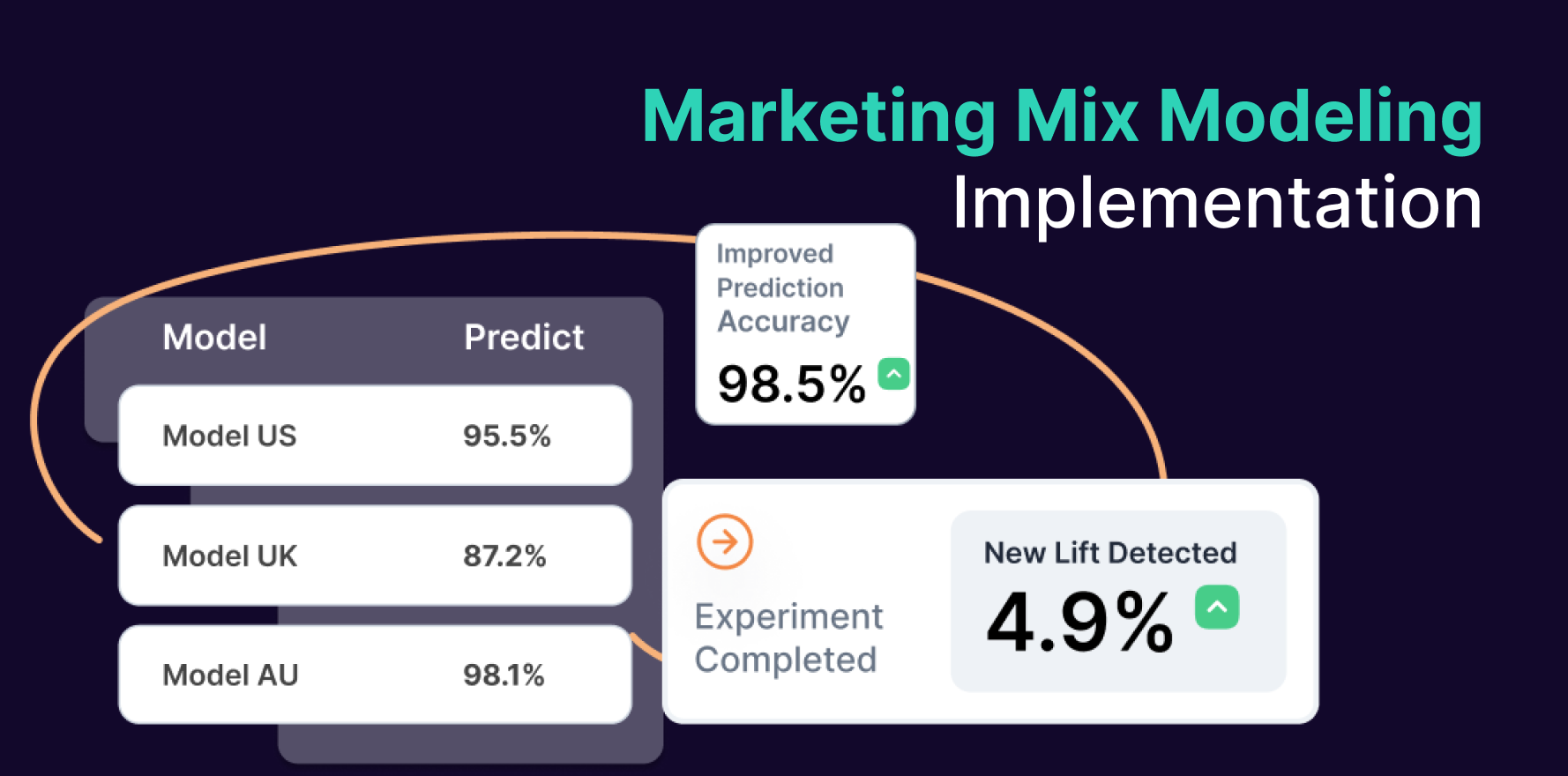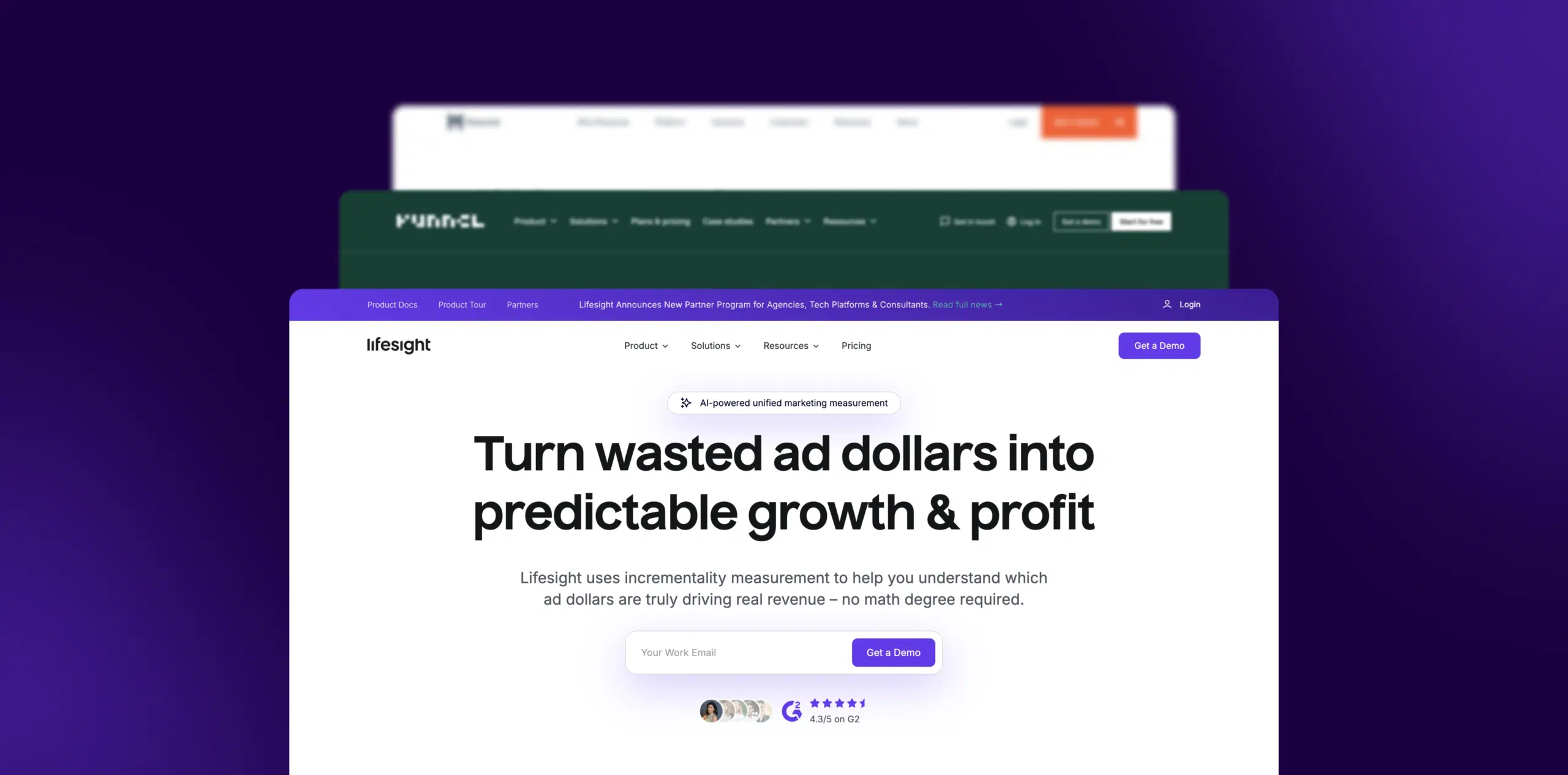What is Average items per order?
Average items per order (AIPO) is a key metric to measure the composition of orders in an ecommerce store. This is important when the ecommerce organization sells low-priced products, as it can help to assess whether customers are purchasing multiple items per order or single items. AIPO is categorised as a product metric, as it helps to provide understanding into the variety of goods that are sold in an ecommerce store and also gives insights on customer preferences and behaviour.
Formula
Average items per order formula is derived as – “Total Items Sold/Total Paid Orders” and provides the average number of unique items per order.
Example
If a store sells compact accessories for under $5 and looks to gain insights into customer behavior, AIPO could help measure whether customers are purchasing multiple items per order or single items. The store might want to incentivize customers to purchase multiple products in a single order, as a way to increase customer loyalty and boost average order value.
Why is AIPO important?
Average items per order is an important metric as it helps to provide insights into customer behaviour and their buying habits, as well as offering an insight into how customers interact with the ecommerce store. It is also important to measure this metric as it can inform the way an ecommerce store looks to incentivise customers to purchase multiple products in an order, thus helping to boost average order values.
Which factors impact AIPO?
There are a variety of factors that influence the metric. Prices of the goods, competitor offers, customer preferences, and even discounts can all fluctuate AIPO. It is important to understand these factors and to monitor AIPO frequently to recognise any changes in customer behaviour due to these fluctuations.
How can AIPO be improved?
Various strategies can be employed to improve AIPO. One way of doing this is to encourage customers to purchase multiple products in a single order, such as through promotional offers such as discounts or free shipping for large orders. Additionally, showcasing related products on product pages or in the checkout process can also help to encourage customers to purchase a variety of items in one go.
What is AIPO’s relationship with other metrics?
AIPO provides insights into customer behaviour and buying habits, which can then be used to improve other related metrics such as average order value and customer lifetime value. By understanding the composition of orders, the ecommerce store can look to optimise the shopping experience and encourage customers to order more items in the same transaction. Furthermore, AIPO also provides insights into customers preferences, which can inform product pricing and assortment decisions.
Free essential resources for success
Discover more from Lifesight






















































